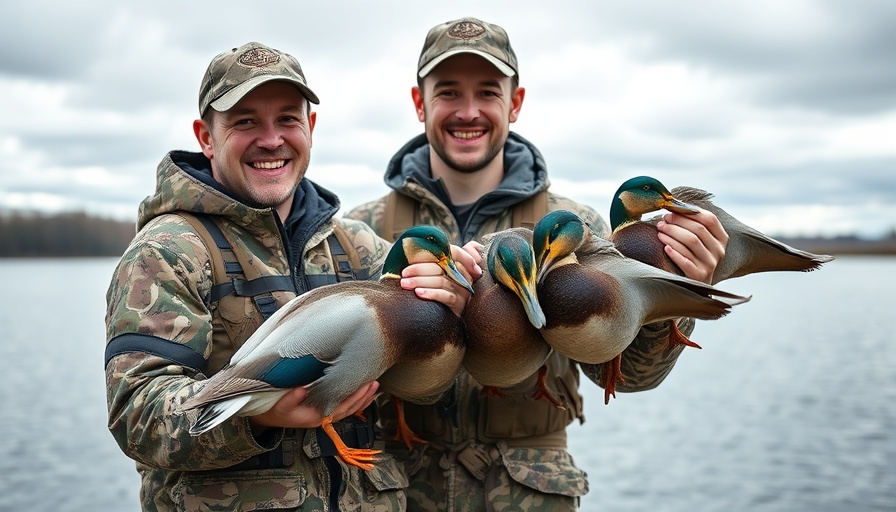
The Controversial Bear Incident in Norway
In a surprising turn of events in Norway, a brown bear that previously bit a man has been spared from culling after the Norwegian Environment Agency mistakenly killed a different bear. The bear incident, which initially incited calls for aggressive wildlife management, has spotlighted the ongoing debate surrounding human-wildlife interactions and predator policies in Europe.
Understanding the Context of Bear Behavior
Brown bears are an endangered species in Norway, which complicates the decisions surrounding their management and culling. Animal rights advocates have passionately argued that this incident exemplifies the misconceptions about bear behavior. Experts claim that the bear was acting instinctually in what appeared to be a defensive scenario, likely prompted by the presence of her cubs and dogs. In this light, it challenges the broader narrative that positions these animals solely as threats to human safety.
Reactions from Community and Environmental Groups
The whole episode has stirred emotional responses from both animal rights groups, like Noah, and the public. Activists celebrated the Environment Agency's decision to abandon the cull, feeling morally vindicated in arguing against the hasty actions taken in capturing the wrong bear. As stated by prominent activists, "The bear was behaving like a bear; in nature, protective behaviors are expected. We need to rethink how we perceive these animals that are naturally inclined to defend their young." Community members echoed these sentiments, reflecting a shared concern about the future of wildlife management policies in light of such incidents. They emphasize a need for more humane and scientifically informed approaches that prioritize coexistence over extermination.
The Bigger Picture: Culling Policies in Europe
Across Europe, there is a rising trend in the culling of large carnivores. This response is often driven by reports of wildlife encounters that escalate into dangerous situations. With increasing populations of animals like bears and wolves, the inherent risk of human-animal conflict is a growing concern for rural communities across the continent. Nevertheless, as the European public engages in these debates, calls for legislation to protect wildlife and maintain biodiversity are gaining traction.
Affirming Life in the Wild
The consequences of culling policies extend beyond the individual animal involved; they symbolize an ongoing struggle between humans and nature. Anticipating future encounters with wildlife, advocates argue for more education and awareness initiatives aimed at helping the public understand how to coexist peacefully with local wildlife. Citizens of the high desert and beyond can benefit enormously from understanding the behaviors of animals that share their spaces. Learning about preventative measures and respectful coexistence is essential to ensuring both human and animal safety.
Call to Action: Join the Conversation
The journey towards considerate wildlife management is ongoing, but you can be a part of this important dialogue. As residents of the high desert, we need to unite in advocating for sustainable practices that promote coexistence with our wildlife neighbors. Engage with local organizations focused on wildlife protection, attend community forums, and educate yourself and others about how to interact safely and respectfully with wildlife. Your voice and actions matter.
 Add Row
Add Row  Add
Add 




Write A Comment